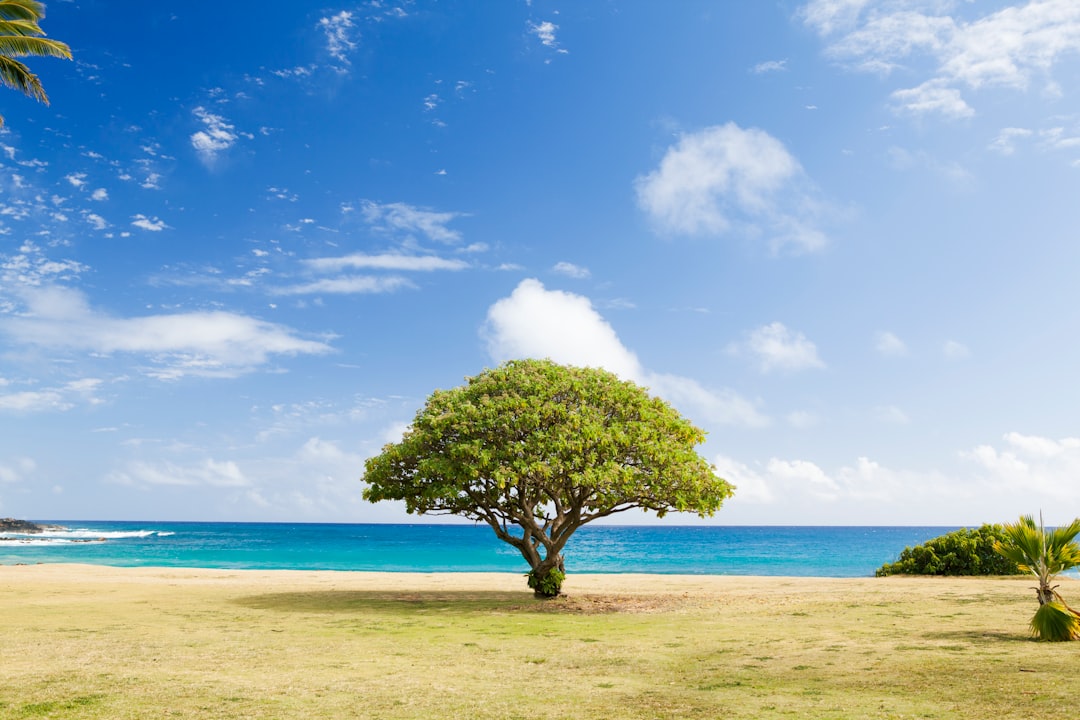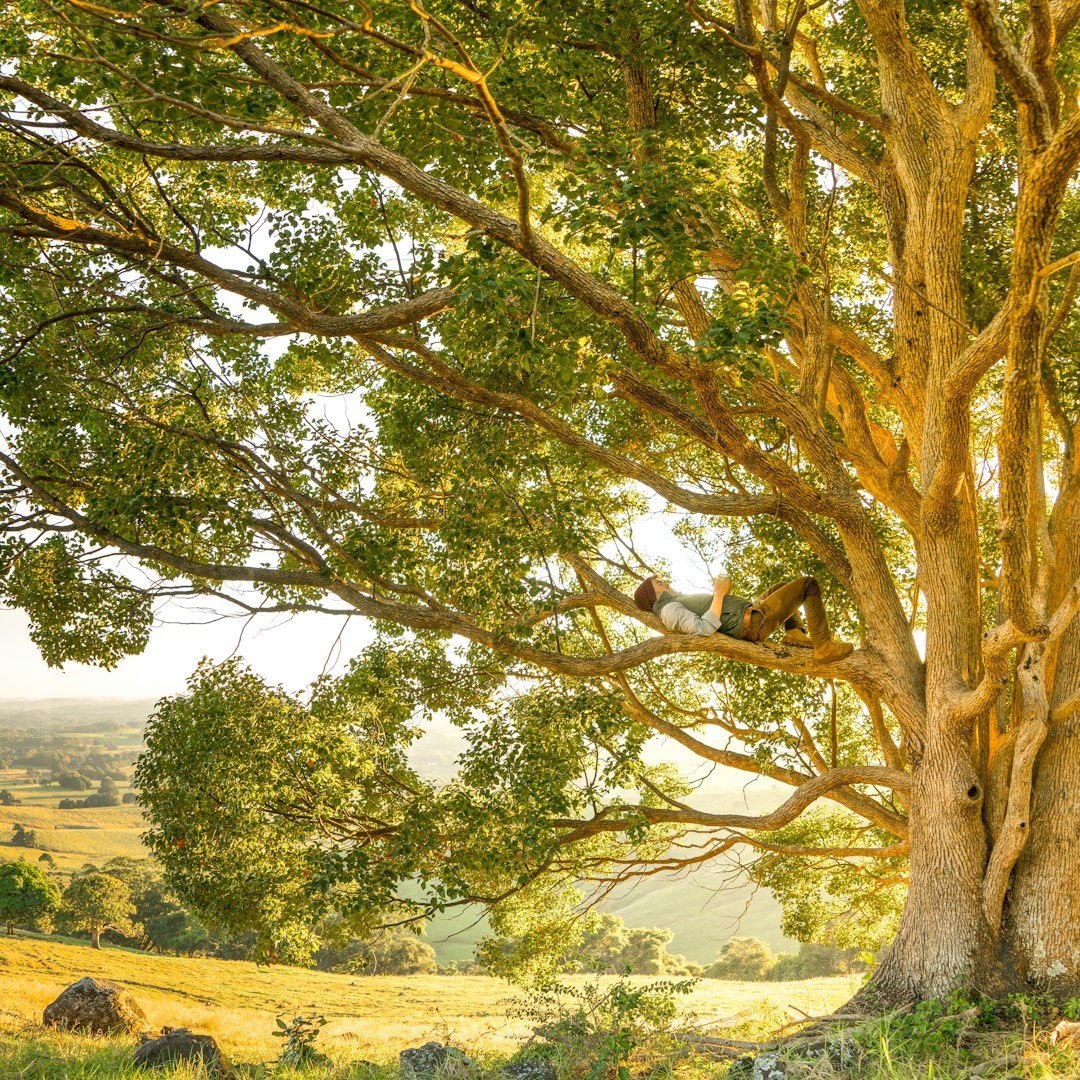Support our educational content for free when you buy through links on our site. Learn more
Have you ever gazed at a beautifully shaped bonsai tree and wondered how long it took to achieve that stunning form? The journey of shaping and training a mini bonsai tree is both an art and a science, filled with patience, creativity, and a touch of magic. In this article, we’ll explore the timeline for transforming a young plant into a miniature masterpiece, revealing 5 essential insights that every aspiring bonsai gardener should know.
Did you know that some bonsai trees can take over a decade to reach their full potential? But don’t let that discourage you! With the right techniques and care, you can start shaping your bonsai in as little as 1 to 3 years. So, whether you’re a seasoned gardener or just starting out, this guide will equip you with the knowledge to nurture your own bonsai tree and enjoy the rewarding process along the way.
Key Takeaways
- Timeline for Shaping: Expect about 1 to 3 years for initial shaping, depending on species and techniques.
- Essential Techniques: Master pruning and wiring to effectively shape your bonsai.
- Care Matters: Regular watering, fertilization, and repotting are crucial for healthy growth.
- Common Mistakes: Avoid over-pruning and neglecting wiring to prevent damage to your tree.
- Patience is Key: Bonsai is a long-term project that rewards dedication and care.
Ready to dive into the world of bonsai? Check out our recommended Bonsai Tools and Supplies to get started on your journey! 🌱✨
Table of Contents
- Quick Tips and Facts
- Understanding the Timeline: How Long Does It Take to Shape a Mini Bonsai Tree?
- The Art of Bonsai: A Brief History and Background
- Essential Bonsai Techniques for Shaping and Training
- Factors Influencing the Growth and Training Duration
- Bonsai Tree Care: Nurturing Your Miniature Masterpiece
- Styling Your Bonsai: Creative Approaches to Shape and Form
- Cultivation Techniques for Healthy Mini Bonsai Trees
- Common Mistakes to Avoid When Shaping Your Bonsai
- The Role of Wiring in Bonsai Training: How Long Does It Take to Set?
- Patience is Key: Understanding the Bonsai Growth Cycle
- Conclusion
- Recommended Links
- FAQ
- Reference Links
Quick Tips and Facts
- Timeframe for Shaping a Mini Bonsai Tree: Expect about 1 to 3 years for initial shaping, depending on the species and techniques used.
- Best Pruning Time: Spring is the ideal season for pruning to promote healthy growth.
- Wiring Duration: Wiring should be left on for about 6 months, but be careful to remove it before it digs into the bark.
- Watering Needs: Mini bonsai trees require regular watering, especially in smaller pots that dry out quickly.
- Repotting Frequency: Repot your bonsai every 2 years to prevent root binding and promote healthy growth.
- Common Species for Beginners: Ficus, Juniper, and Chinese Elm are excellent choices for new bonsai gardeners.
Understanding the Timeline: How Long Does It Take to Shape a Mini Bonsai Tree?
Shaping and training a mini bonsai tree is not a race; it’s more of a marathon! Depending on your chosen species and the techniques you employ, the timeline can vary significantly. Here’s a breakdown of what you can expect:
Initial Growth Phase (1-2 Years)
During the first couple of years, your focus should be on establishing a healthy root system and trunk thickness. This is crucial because a strong foundation will support all future styling efforts.
- Choose the Right Species: Some species, like the Ficus, are more forgiving and grow quickly, while others may take longer to establish.
- Growing Conditions: Ensure your bonsai is in a suitable environment with adequate light and humidity. 🌞
Styling and Development (1 Year)
Once your tree has established itself, you can begin the exciting part—styling! This involves techniques like pruning and wiring that can take about a year to refine your mini masterpiece.
- Pruning: This is essential for shaping your bonsai. You’ll want to prune during the spring to encourage new growth.
- Wiring: This technique allows you to bend and shape branches. Remember to monitor the wire closely and remove it before it digs into the bark.
The Art of Bonsai: A Brief History and Background

Bonsai, which translates to “planted in a container,” has a rich history that dates back over a thousand years. Originating in China and later embraced by Japan, this art form is not just about growing trees; it’s about cultivating a philosophy of patience and harmony with nature.
Key Historical Points
- Chinese Origins: The practice began in China, where it was known as “penjing,” and was associated with the elite.
- Japanese Influence: The Japanese refined the art, focusing on aesthetic beauty and the spiritual connection between the tree and its caretaker.
- Cultural Significance: Bonsai trees are often seen as symbols of peace, harmony, and balance. 🌳
Essential Bonsai Techniques for Shaping and Training
To shape and train your mini bonsai effectively, mastering a few key techniques is essential. Here’s a closer look at the most important ones:
Pruning Techniques
Pruning is vital for maintaining the shape and health of your bonsai. Here’s how to do it:
- Timing: Always prune in the spring when the tree is actively growing.
- Tools: Use sharp, clean tools like concave cutters to minimize damage.
- Methods:
- Remove branches that are too thick or growing inwards.
- Thin out the apex to encourage lateral growth.
Wiring Techniques
Wiring allows you to manipulate the branches into your desired shape. Follow these steps:
- Choose the Right Wire: Use anodized aluminum or annealed copper for flexibility.
- Application: Wrap the wire around the branch at a 45-degree angle, ensuring it’s snug but not too tight.
- Duration: Leave the wire on for about 6 months, checking regularly to avoid damage.
Factors Influencing the Growth and Training Duration
Several factors can impact how long it takes to shape and train your mini bonsai tree. Here’s what you need to consider:
| Factor | Impact on Growth |
|---|---|
| Species | Some grow faster than others (e.g., Ficus vs. Pine). |
| Growing Conditions | Light, humidity, and temperature play a crucial role. |
| Care Techniques | Regular watering, fertilization, and repotting can speed up growth. |
| Experience Level | More experienced gardeners may achieve results faster. |
Bonsai Tree Care: Nurturing Your Miniature Masterpiece
Caring for your bonsai is just as important as shaping it. Here are some essential care tips:
Watering
- Frequency: Water your bonsai when the topsoil feels dry.
- Method: Water thoroughly until it drains from the bottom. Avoid overwatering, which can lead to root rot. 💧
Fertilization
- Schedule: Fertilize during the growing season (spring and summer) with a balanced fertilizer.
- Type: Use liquid or solid fertilizers in smaller quantities to avoid nutrient burn.
Repotting
- When: Repot every 2 years to refresh the soil and prevent root binding.
- How: Carefully remove the tree from its pot, prune the roots, and place it in fresh soil.
Styling Your Bonsai: Creative Approaches to Shape and Form
Styling your bonsai is where your creativity shines! Here are some popular styles and techniques:
Popular Bonsai Styles
- Formal Upright: The classic style with a straight trunk and symmetrical branches.
- Informal Upright: A more natural look with a slightly curved trunk.
- Cascade: A dramatic style where the tree appears to cascade downwards.
Techniques for Styling
- Branch Placement: Consider the visual balance of the tree. Aim for a triangular shape when viewed from the front.
- Layering: Create depth by placing branches at different heights.
Common Mistakes to Avoid When Shaping Your Bonsai
Even seasoned bonsai gardeners can make mistakes! Here are some common pitfalls to avoid:
- Over-pruning: Cutting too much can stress the tree. Always prune with caution.
- Ignoring Wiring Damage: Failing to monitor wiring can lead to bark damage. Check regularly!
- Neglecting Watering Needs: Small pots dry out quickly, so don’t forget to water regularly.
The Role of Wiring in Bonsai Training: How Long Does It Take to Set?
Wiring is a crucial technique in bonsai training, allowing you to shape branches and create your desired form. Here’s what you need to know:
Wiring Duration
- Setting Time: Wiring should be left on for about 6 months. This allows the branches to take shape without causing damage.
- Monitoring: Check the wire regularly to ensure it’s not digging into the bark. If it is, remove it and reapply if necessary.
Benefits of Wiring
- Shape Control: Allows for precise control over branch positioning.
- Aesthetic Appeal: Helps create visually stunning designs that highlight the tree’s natural beauty. 🌟
Patience is Key: Understanding the Bonsai Growth Cycle
Bonsai is not just a hobby; it’s a journey that requires patience and dedication. Understanding the growth cycle can help you appreciate the process:
Growth Stages
- Initial Growth (1-2 Years): Focus on establishing roots and trunk thickness.
- Styling Phase (1 Year): Begin shaping and refining your bonsai.
- Ongoing Care: Continue to nurture and refine your tree for years to come.
Embrace the Journey
Remember, bonsai is about enjoying the process as much as the final product. Each tree tells a story, and yours will evolve over time. 🌱
Conclusion

Shaping and training a mini bonsai tree is a rewarding experience that combines art, patience, and nature. By understanding the timeline, mastering essential techniques, and providing proper care, you can create a stunning bonsai that reflects your personality and dedication.
For more tips and inspiration, check out our Bonsai for Beginners and Bonsai Care Basics sections!
Recommended Links
FAQ

Q: How long does it take to shape a mini bonsai tree?
A: It typically takes 1 to 3 years depending on the species and techniques used.
Q: What is the best time to prune a bonsai?
A: The best time to prune is during spring when the tree is actively growing.
Q: How often should I water my bonsai?
A: Water your bonsai when the topsoil feels dry, especially in smaller pots that dry out quickly.
Reference Links
Now that you’re equipped with all this knowledge, are you ready to start your bonsai journey? 🌳✨
Conclusion

In conclusion, shaping and training a mini bonsai tree is a delightful journey that combines artistry with nature. With a timeline of approximately 1 to 3 years for initial shaping, you’ll find that patience truly pays off. By mastering essential techniques like pruning and wiring, and by providing proper care, you can cultivate a stunning bonsai that reflects your dedication and creativity.
Summary of Positives and Negatives
While this article didn’t focus on a specific product, the techniques and care tips shared are universally applicable to any bonsai tree you choose to nurture. Here’s a quick recap of what you can expect:
Positives:
- Artistic Expression: Bonsai allows for creative freedom in shaping and styling.
- Therapeutic Hobby: Engaging with nature can reduce stress and enhance well-being.
- Long-Term Project: Each tree evolves over time, providing a sense of accomplishment.
Negatives:
- Time-Consuming: Achieving the desired shape and health can take years.
- Requires Patience: Bonsai is not for those looking for instant results.
- Potential for Mistakes: New gardeners may struggle with techniques like wiring and pruning.
We confidently recommend diving into the world of bonsai. Whether you’re a beginner or an experienced gardener, the journey is rich with learning and satisfaction. 🌱✨
Recommended Links
-
👉 Shop Bonsai Tools and Supplies:
-
Recommended Books:
- The Complete Book of Bonsai – A comprehensive guide for beginners and experienced gardeners alike.
- Bonsai Basics: A Step-by-Step Guide to Growing, Training, and Maintaining Bonsai – Perfect for those just starting their bonsai journey.
FAQ

What are the basic steps to create a mini bonsai tree from a seedling or young plant?
Step-by-Step Process
- Choose Your Species: Select a tree species that suits your climate and indoor conditions. Popular choices include Ficus, Juniper, and Chinese Elm.
- Obtain a Seedling or Young Plant: You can purchase a pre-bonsai from a nursery or grow from seeds.
- Select a Suitable Pot: Use a bonsai pot with drainage holes to prevent root rot.
- Prepare the Soil: Use a well-draining bonsai soil mix to ensure proper aeration and moisture retention.
- Planting: Place the seedling in the pot, ensuring the roots are spread out and covered with soil.
- Watering: Water thoroughly and place the bonsai in a location with adequate light.
- Begin Shaping: After a year or so, you can start pruning and wiring to shape your bonsai.
How often should I water and fertilize my mini bonsai tree to promote healthy growth and development?
Watering and Fertilization Guidelines
- Watering: Water your bonsai when the top inch of soil feels dry. This can vary based on the species, pot size, and climate, but generally, you may need to water every 2-5 days.
- Fertilization: Fertilize during the growing season (spring and summer) every 4-6 weeks using a balanced fertilizer. Reduce feeding in fall and winter when the tree is dormant.
What are some common mistakes to avoid when pruning and training a mini bonsai tree to achieve the desired shape?
Common Pitfalls
- Over-Pruning: Cutting too much can stress the tree. Always prune gradually and observe the tree’s response.
- Ignoring Growth Patterns: Prune according to the natural growth pattern of the tree to maintain its aesthetic appeal.
- Neglecting Wiring Care: Monitor wires closely to prevent them from digging into the bark. Remove them before they cause damage.
Can I grow a mini bonsai tree indoors, and if so, what are the best conditions and species to choose for indoor cultivation?
Indoor Bonsai Cultivation
- Yes, you can grow mini bonsai trees indoors!
- Best Species: Ficus, Chinese Elm, and Jade are excellent choices for indoor bonsai due to their adaptability and resilience.
- Conditions: Ensure your indoor bonsai receives plenty of indirect sunlight (at least 4-6 hours a day) and maintain humidity levels. You may need to mist the leaves or use a humidity tray to provide adequate moisture.
Reference Links
By following these guidelines and immersing yourself in the art of bonsai, you’ll be well on your way to creating a beautiful, miniature tree that brings joy and tranquility to your life. Happy gardening! 🌳✨





